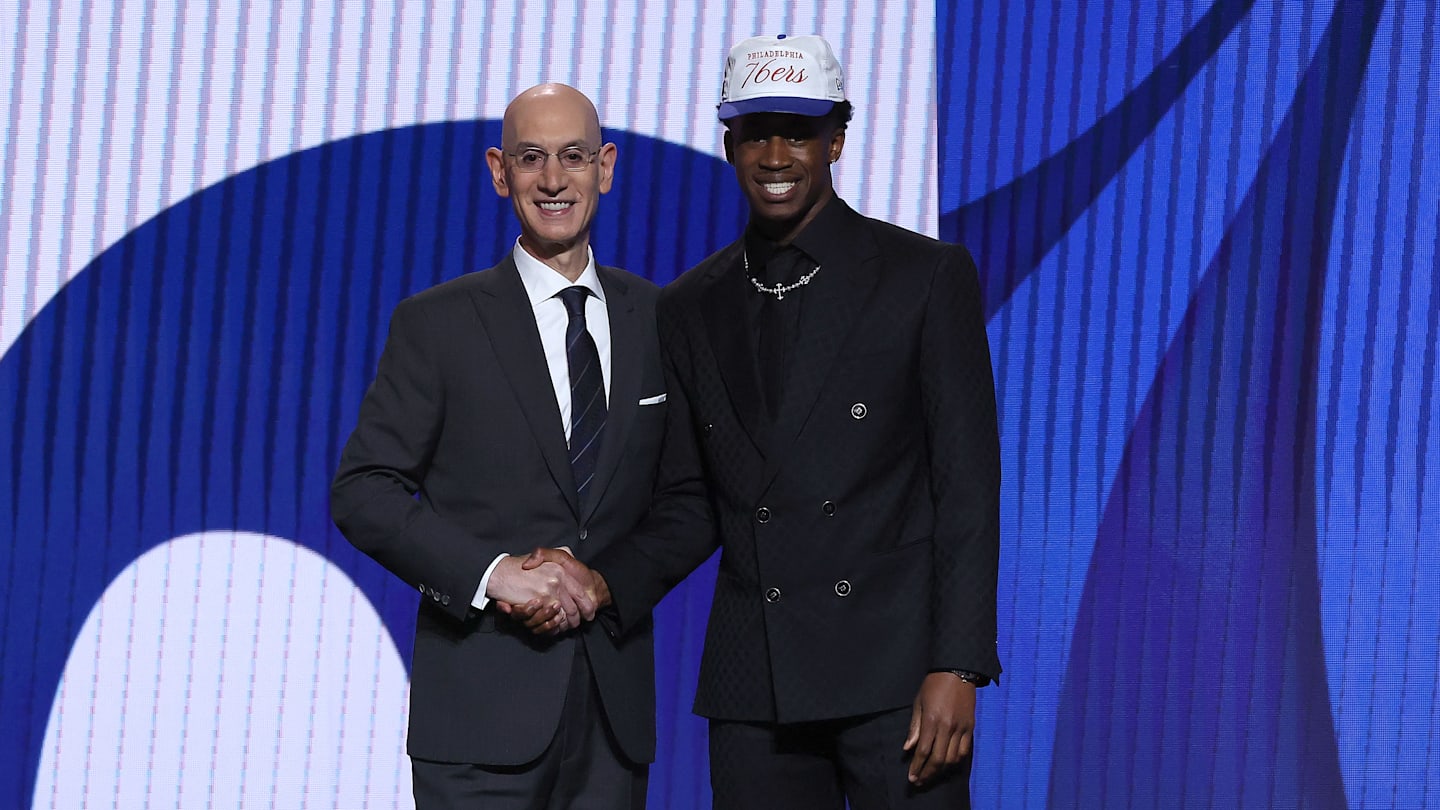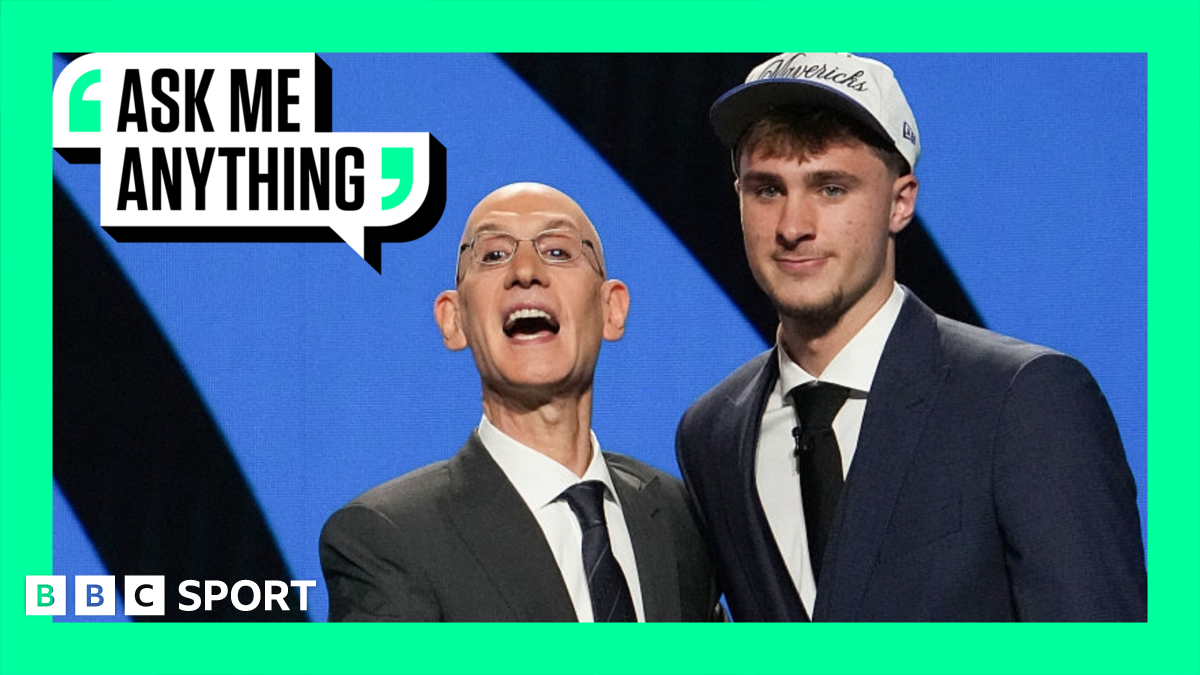How Would a Cashless Society Work?
There’s a place today where a rapidly decreasing number of people rely on cash: Sweden. It’s the developed Western country that, today, is probably closest to being a cashless society. Even though an overwhelming majority of businesses accept cash, a very small percentage of consumers actually want to use cash. People there cite the convenience and security of digital payments and transfers, and they’ve been walking away from banknotes and coins, the circulation of which has been declining significantly. Peer-to-peer payments are almost exclusively handled through digital platforms, including PayPal. By some estimates, cash will not be a viable payment method in Sweden by 2023, with almost all payments instead being made through a variety of electronic and Internet-based methods.
This push toward cashlessness in Sweden has been sustained by the near ubiquity of smartphones there. According to a Pew Research Center study, the percentage of adults in Sweden who reported owning a smartphone in 2018 was 86 percent. As high as that is, though, it was only fourth highest among the developed countries surveyed, behind South Korea, Israel, and the Netherlands. Having a smartphone that can do just about anything means, for people in Sweden, that digital payments have become quicker and more convenient than carrying cash.
The Pew study also found that 81 percent of adults in the United States said they owned a smartphone. (That puts the U.S. fifth among developed countries in the study, tied with Australia.) Some places in the United States have pointed to populations like those without smartphones to mandate the continued accommodation of cash by local businesses. Philadelphia, for example, passed a law in 2019 that requires most retail stores in the city to allow cash payments (and not charge those who pay cash more). Supporters of the law argued that cashless businesses discriminate against low-income residents who are more likely to be unbanked or underbanked and have little or no access to credit. There are products today, such as the PayPal Cash Card, which can provide users looking for alternative financial services direct access to balances, so they can participate in the digital economy. Opponents also claim the law will stifle business, slow necessary (and inevitable) modernizations to financial infrastructure, and put the city at a disadvantage.
Sweden and Philadelphia are two places where the question of what a cashless future looks like is playing out in different ways—but only for the people who live and visit there. A version of a cashless society already exists for many more people: e-commerce. After all, there’s no fumbling with bills or trying to count change online. According to the U.S. Census Bureau, retail e-commerce sales as a percentage of all retail sales in the United States have more than doubled over the past decade, though the percentage remains relatively small. In some sectors, online sales have already begun to narrowly overtake brick-and-mortar ones.
In recent years people in the United States have also been using bills and coins less often. Roughly 30 percent of consumer transactions are cash, according to a 2018 study by the Federal Reserve, which is more than credit cards and debit cards, the next two most frequently used methods. (Other countries use cash more frequently.) The Fed’s report also shows that cash usage has been declining in the United States, by small percentages, over the last several years. This decline in cash and increase in online purchasing suggests that Americans are already relying less on cash and more on smartphones and other devices to spend and transfer money. A study by PayPal in 2015 also found that 79 percent of people in the United States said they liked peer-to-peer payment services to pay money back to others because these services saved time over cash and other methods—and, back then, according to Pew, 92 percent of adults age 18–34 and 53 percent of adults age 50 and up in the U.S. said they owned a smartphone. By 2018 those numbers had grown to 95 percent and 67 percent, respectively, which means even more people have gained access to those services through their phones, putting more pressure on cash.
A cashless society, ultimately, is a very local thing. When it arrives in a place, it will probably arrive piecemeal, influenced by local concerns and legislation, with some people warning about its downsides while others hail it as a convenient and safer future. It will also be dependent on existing technical infrastructure, with smartphones—as the example of Sweden suggests—as a key component. Above all, its rollout will be dependent on the complex interplay of government, business, and consumer preferences.
But glimpses of a cashless society are already present, from Sweden and online shopping to using PayPal to send money. Understanding how a cashless society would work can be as simple as looking around at where it already is working.











